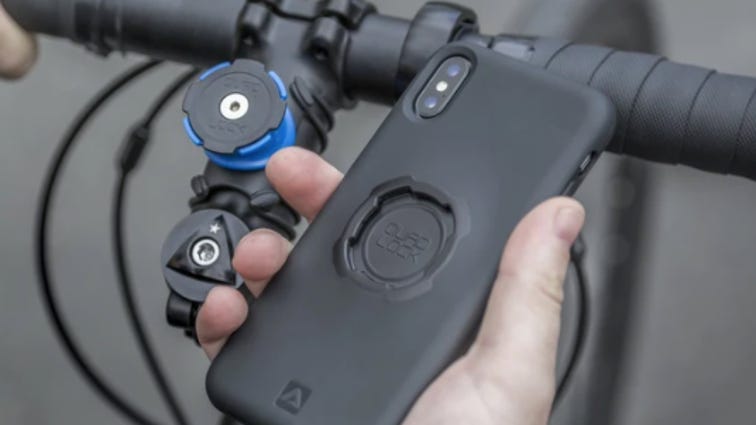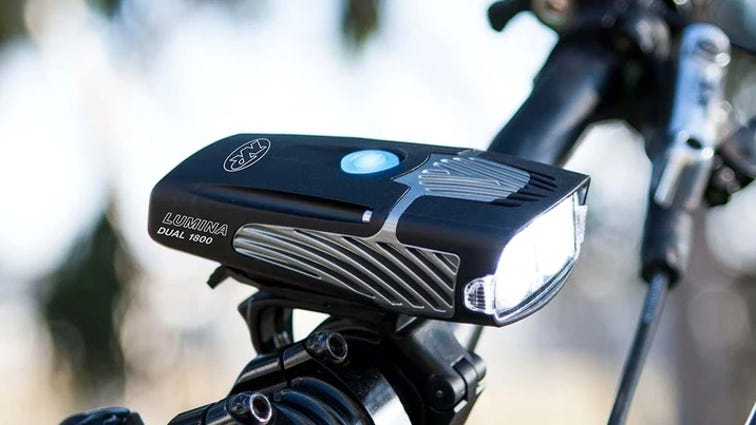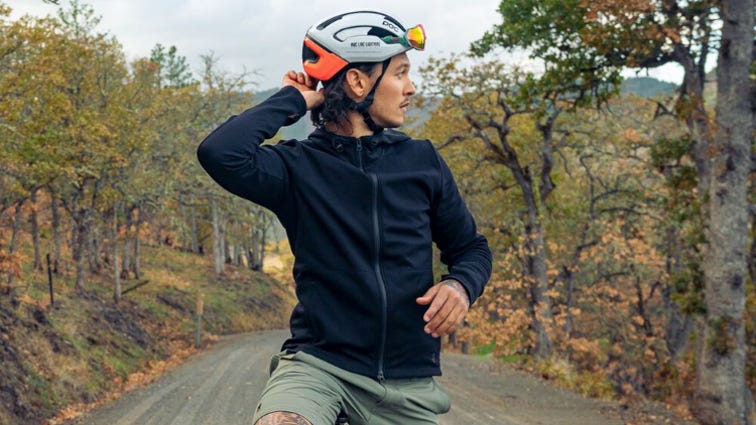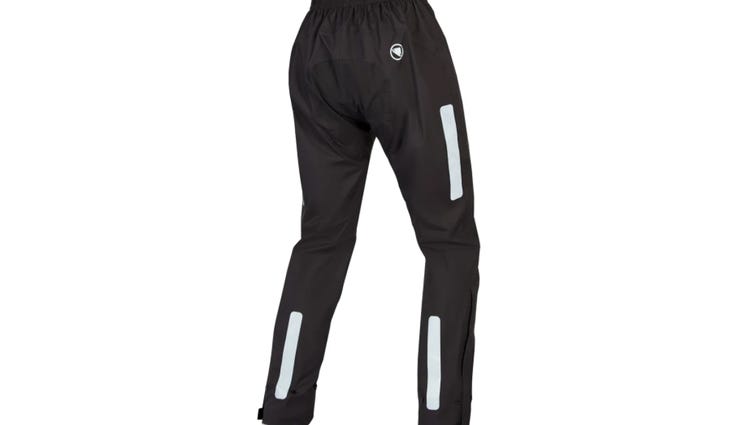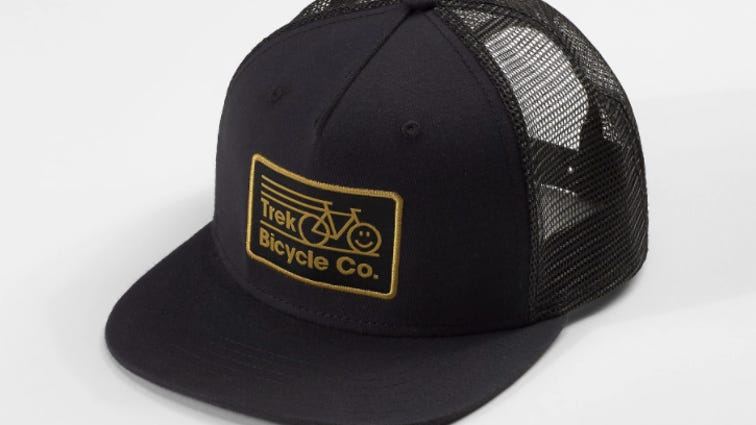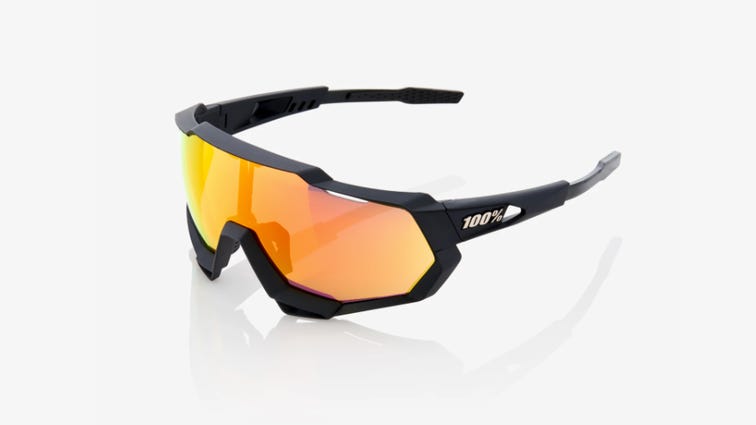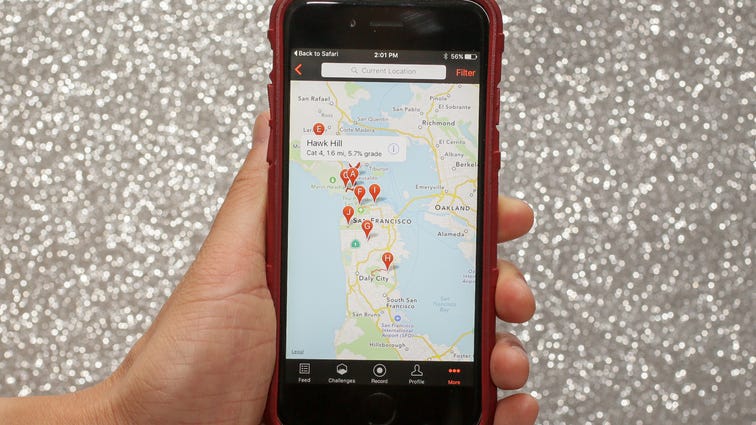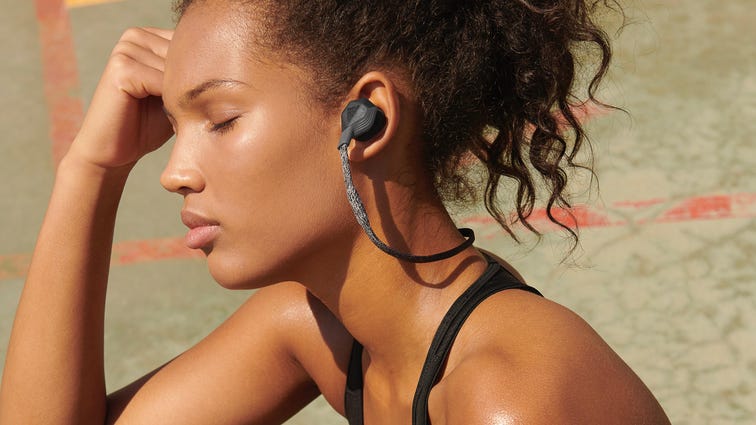In the old, prepandemic days, I used a combination of gym time and sports to stay fit. A regular schedule of pickup basketball, pickleball and soccer adequately supplemented a handful of weekly gym workouts. When the coronavirus swallowed the US, however, my gym closed and social distancing protocols put the kibosh on many group sports.
In April 2020, I dragged my old Lemond Tourmalet bike out of the garage and started riding again. Since then, I’ve added a 2010 Specialized Roubaix Pro and 2018 Specialized Enduro to my arsenal. And even though the vaccine has opened the door to some of my old athletic pastimes, I continue to ride the bikes.
As such, I’ve been experimenting with a variety of cycling clothing and accessories, bike gear and technologies that have made riding safer and more enjoyable. Note that I haven’t comprehensively tested most of these product categories; this is just a sampling of my own personal top picks and favorite cycling equipment. I regularly update this article as I try out new gear.
Amazon
Having now tested a variety of hydration backpacks and hip-packs, I’ve settled on the Camelbak Chase for mountain biking. It has the right amount of storage capacity — 70 ounces of water plus a good amount of gear — as well as lots of handy pockets and other bells and whistles. (Literally, it has an integrated safety whistle.) It also has an integrated protective impact panel, which could come in handy should you fall off your bike and land on your back. At $200, it’s not cheap. But if you’re an aggressive rider, the additional protection is worth it.
That noted, if you’re looking to spend less, I’ve been using the Osprey Syncro 12 on family hikes, and I actually prefer its water bladder to Camelbak’s system. Plus, the Syncro has a nice balance of storage capacity and accessibility, an integrated rain cover and it costs a more reasonable $130.
Quad Lock
There are plenty of folks who ride in order to leave the emails, texts and calls behind, but I prefer to keep my phone handy when I’m in the saddle. (Obviously, I pull to a complete stop on the side of the road before engaging with the screen.) Until recently, I was tucking my phone into the pocket of my jersey, which was often underneath a jacket, which made it difficult — and unsafe — to access while rolling. Then I got this Quad Lock case and mount. It’s been a total game changer.
The Quad Lock mount sits atop the bike stem, and I feel quite confident in its capacity to keep my phone safe and secure, even when traversing bumpy terrain. When the ride is over, or I’ve pulled off the road to take a photo, it’s dead simple to release; just pull the mount’s locking mechanism upward and twist. The Quad Lock phone case is hefty — there’s a raised bump on the back that fits onto the mount — and I’d trust it to ably protect the phone in a crash. But when I end my ride, I switch over to my preferred Catalyst case.
NiteRider
I’ve tested a bunch of bike lights, but two of them rose above the rest. The NiteRider Lumina Dual 1800 is lightweight, bright and simple to mount on a helmet or handlebar. At the second brightest setting (1,500 lumens), I was able to get nearly two hours out of the rechargeable battery. (I also like NiteRider’s Omega tail light.)
That noted, if you’re looking for something that’s brighter or lasts longer, I highly recommend the Gloworm XS. It’s expensive — nearly $300 — and requires carting around a significant battery pack, but it blasts out an incredible amount of light. When set at 2,500 lumens, it basically turns night to day, and I was able to get over two hours of light per charge. When I turned it down to just under 2,000 lumens, my legs always gave out before the light did.
Chrome Industries
The third version of Chrome’s vaunted Cobra hoodie hits the sweet spot. It’s the perfect weight for the cool Maine spring, and the Merino-poly blend strikes the right balance between durability, warmth and resistance to wind, water and grime. And there are some thoughtful design flourishes — including two zippered front pockets on the front and one long zippered pouch along the lower back — that make it equally well-suited for riding or hanging out. One of my most beloved, most frequently-worn pieces of clothing.
Endura
Endura’s Luminite lineup has become my go-to choice for wet and/or cold weather on the strength of its lightweight construction, protective waterproofing and comfortable fit. The pants — currently on sale for $91 — feature ankle zippers and adjustable snap-button cuffs, for making adjustments on the fly, and have four reflective panels. And the Luminite 3-in-1 jacket has proven itself in a wide variety of riding conditions. The waterproof, hooded shell and removable, reversible, insulated vest can be combined or worn separately, depending on temperature and conditions, and have pockets in all of the right places.
Pearl Izumi
Comfortable, grippy, stylish kicks that are equally well-suited for mountain biking and the rest of life. The reinforced toe has saved my foot from getting crunched between a rock and my pedal several times. And though I love the new “Spruce/Berm brown” styling, I have the older navy and orange model, which is currently on sale.
Hiplok
This summer I added Hiplok’s Z Lok security tie to my small bike bag. Weighing in at 2.5 ounces, it’s almost imperceptibly light and though it’s not going to deter a pro bike thief — I wouldn’t rely on it in a treacherous city like San Francisco — the steel core is strong enough to give me peace of mind when I park my bike at the beach.
I’ve also been loaning the combination-based Hiplok Spin to my kid, who finds a four-digit code easier to manage than a key. It has everything I want in a lock — and a few things I didn’t know I wanted. It’s strong but not too heavy, reflective and wearable.
David Carnoy/CNET
If you’re looking for an affordable water bottle that will keep your water chilled, Polar makes excellent 20- and 24-ounce insulated squeeze water bottles in a few different color options. Just add a little ice and your water will stay cool — even on long rides. Starting at around $14, they’re BPA-free and come with a lifetime guarantee.
Smith
I had been wearing the same bike helmet for a long, long time. The Consumer Product Safety Commission recommends replacing your helmet at least every 10 years, and mine was at least that old. After doing some research, I opted for a mountain biking helmet for the extra protection and, in my opinion, a cooler look. After trying out several, I decided on the Smith Forefront 2 mountain bike helmet. I love it.
Most importantly, it features MIPS architecture, which can mitigate the force of an impact on your brain. It’s relatively lightweight and breathable, and it has Koroyd on the interior — a layer that offers additional crash protection as well a way to screen out bugs.
Smith Optics
Proper shades are essential for riding in any kind of weather and in all seasons, and I’ve got a few to recommend. At the higher end, Speedtrap’s HiPER sunglasses are really good: the adjustable frame is lightweight but sturdy and the interchangeable, scratch-resistant lenses, which are easy to swap in and out, provide 100% UV protection. And they fog up far less than most of the other glasses I’ve tested.
For evening rides, I’ve been using the Adidas Sport SP0001, which comes with two lens options — one of which is optimized for low light levels. And, finally, there are the Smith Optics Tempo ChromaPop, which are comfortable to wear and feel secure. I found a pair for $35 on Backcountry.com, though they’re more often listed at $100 and up, depending on color.
Sarah Tew/CNET
I’ve been using Strava to track and share rides (and runs and hikes) for years. But in March, I upgraded to Strava’s subscription service which costs $8 per month — or $60 if you pay upfront for a full year. I did it mostly for safety purposes: the app’s Beacon feature lets you choose a contact who can monitor your whereabouts during each ride. But there are other attractive features, too, including advanced training metrics and leaderboards.
Adidas
I will not suggest that it’s the safest choice to listen to music when riding a bike. A lot of cyclists frown on the practice of wearing headphones while cycling, arguing that all of your senses should be on alert for danger. I think that makes a lot of sense and I’m not going to argue otherwise.
If you do listen to music when you ride (or run), however, you can mitigate the risks with a set of headphones that doesn’t completely shut you off from the outside world. A pair that has some version of transparency mode — like the Apple AirPods Pro — is a good bet.
Otherwise, I highly recommend the Adidas FWD-01. They’re comfortable to wear, easy to control with one hand and loud enough to hear — even in very windy conditions. They have a built-in microphone, so you can jump onto a call when needed. The knitted fabric cable, which is water resistant, is lightweight and does not tangle. And the battery life is superb.
More workout essentials
The information contained in this article is for educational and informational purposes only and is not intended as health or medical advice. Always consult a physician or other qualified health provider regarding any questions you may have about a medical condition or health objectives.

